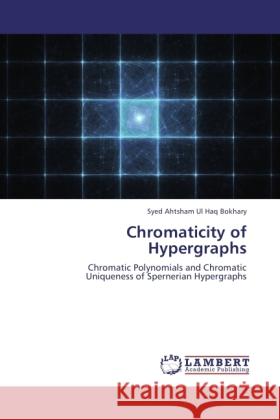Chromaticity of Hypergraphs » książka
Chromaticity of Hypergraphs
ISBN-13: 9783846533888 / Angielski / Miękka / 80 str.
The coloring the vertices of a graph is one of the fundamental concepts of graph theory. It is widely believed that coloring was first mentioned in 1852 when Francis Guthrie asked if four colors are enough to color any geographic map in such a way that no two countries sharing a common border would have the same color. If we denote the countries by points in the plane and connect each pair of points that correspond to two countries with a common border by a curve, we obtain a planar graph. The celebrated four color problem asks if every planer graph can be colored with 4 colors. The four color problem became one of the most famous problem in discrete mathematics of the 20th century. This has spawned the development of many useful tools for solving graph coloring problems. The coloring of hypergraphs started in 1966 when P. Erdos and A. Hajnal introduced the notion of coloring of a hypergraph and obtained the first important results. Since then many results in graph colorings have been extended to hyper- graphs. This work focuses on the chromatic polynomial and chromatic uniqueness of hypergraphs.











